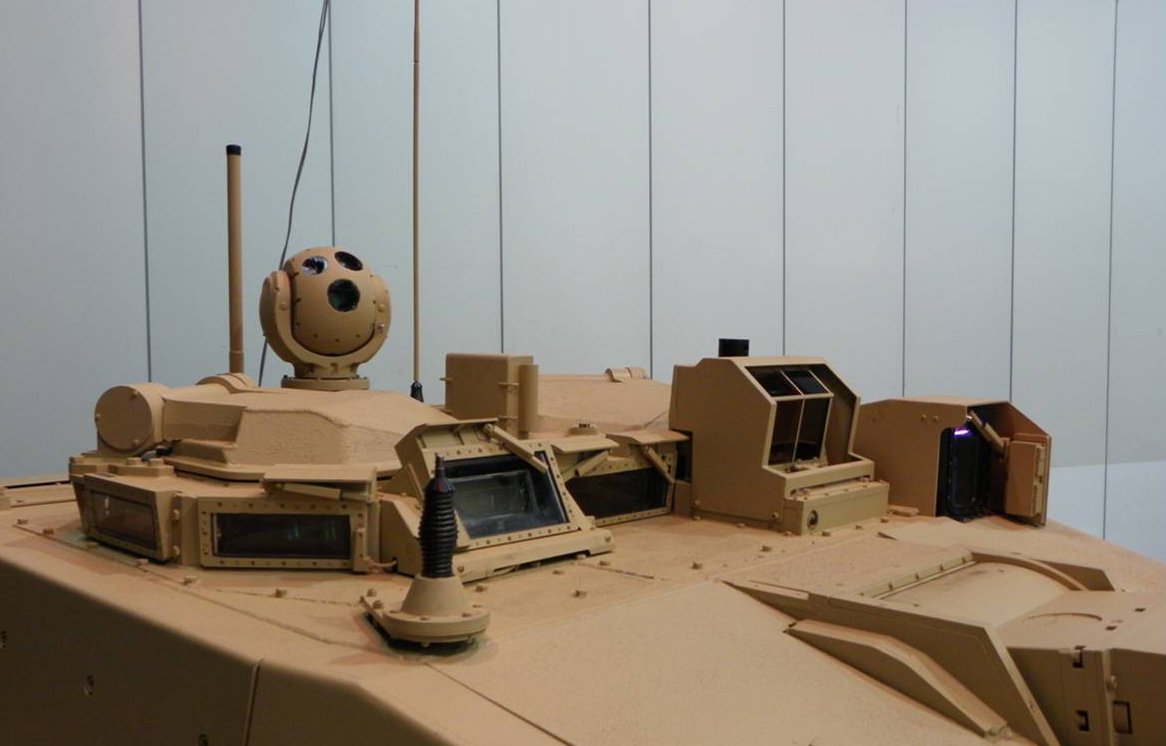Companies in the defence optronics market are set to witness growth in the future due to an increase in the number of land vehicle procurement programmes. The programmes are triggered, in turn, by the existing North Atlantic Treaty Organization (NATO)-led operations in Afghanistan. Vehicle-mounted optronics devices will be acquired in the thousands, depending on the specific needs of local governments.
New analysis from Frost & Sullivan, “Land-based Optronics Market,” finds that the total market for land-based optronics will be valued at around 30.77 billion USD over 2010-2016. This includes all soldier-mounted and vehicle-based optronics infrastructure. The research service covers Australia, France, Germany, the United Kingdom and the United States, and includes an examination of major modernisation programmes in India and parts of Europe.
“The land-based optronics market is perceived as being only marginally affected by reductions in defence spending,” notes Frost & Sullivan Programme Manager Balaji Srimoolanathan. “Although soldier hand-held and man-portable optronics devices will be procured in large numbers, the majority of revenues will be generated by vehicle-mounted/integrated optronics solutions.”
Reconnaissance, surveillance and target acquisition (RSTA) have become a critical part of armed forces’ capability to ward off any potential threat from a variety of sources. Land-based optronics solutions will enjoy precedence over air- and navy-based optronics solutions in the near future due to the existing operations in Afghanistan.
“However, there will be high demand for navigation and surveillance equipment for reconnaissance and armed personnel vehicles from the emerging economies like India, Brazil, Russia, South Korea and others who are involved in huge fleet modernisation processes,” remarks Srimoolanathan.
Power needs of hand-held and man-portable optronics equipment are expected to increase ten-fold in the next five years. Overcoming the power problem, therefore, will emerge as a key challenge for suppliers in this market.
A number of countries in Europe use image intensification binoculars/monoculars for surveillance. Investments in thermal imaging technology have not been significant. In the next 5-8 years, parts of Europe, Asia and the Middle East are projected to witness a shift in trend, as these countries will try to reduce the capability gap existent with their land-based C4ISTAR.
“There is a huge disconnect between the market and policy makers in emerging economies, particularly in India, countries in the Middle East and a few in eastern Europe,” cautions Srimoolanathan. “Understanding or foreseeing the need or demand of a particular nation becomes a formidable challenge for suppliers when they venture into these emerging markets. Strategic joint ventures/partnerships between two companies that complement each other in terms of products and services offered will be critical.”
Land-based Optronics Market is part of the Defence Growth Partnership Services programme, which also includes research in the following markets: European Homeland Security and European Vehicle Survivability Market Assessment. All research included in subscriptions provide detailed market opportunities and industry trends that have been evaluated following extensive interviews with market participants.










